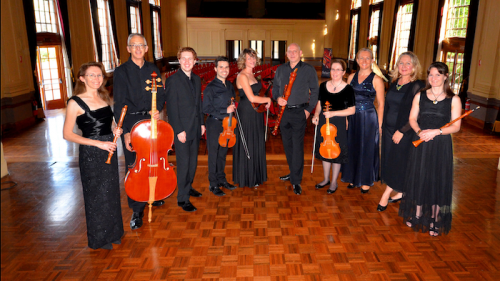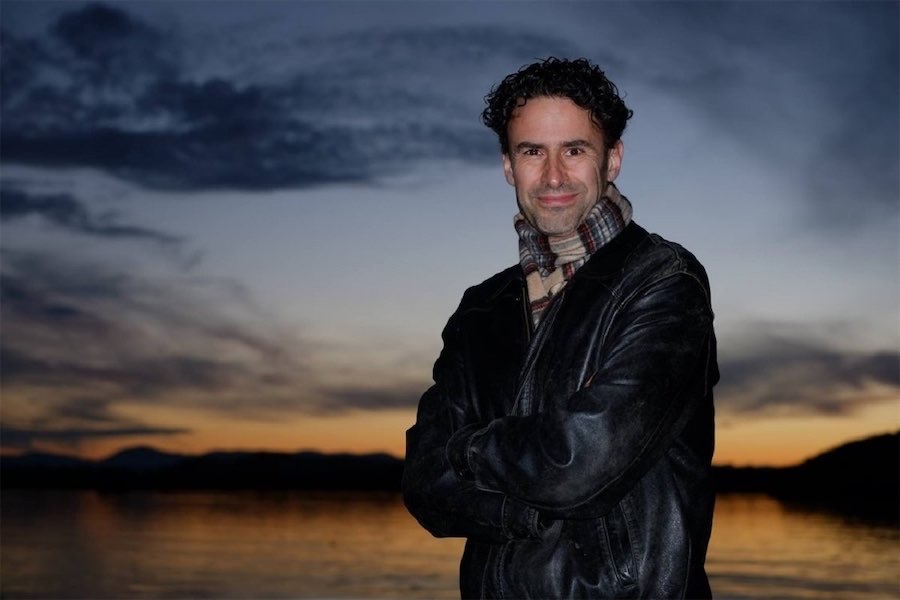
BAROQUE music is as distinguishable as hip-hop or minimalism. Its sudden burst of volume, the constant ornamentation, and its feeling for evoking a period are unmistakable.
The musicians in Salut! Baroque were, Sally Melhuish, recorder, Hans-Dieter Michatz, recorder, Alicia Crossley, recorder, Rachael Beesley, Baroque violin, Rafael Font, Baroque violin, David Rabinovici, Baroque violin, Meg Cohen, Baroque violin, Valmai Coggins, Baroque viola, Tim Blomfield, bass violin and Monika Kornel, harpsichord.
The concert began with Charles Avison’s (c1709-1770), “Concerto No. 5 in D minor”. Over its four movements, you could say it is characteristic of the sound of Baroque music, and it highlights the feeling of the sound of this period. Its rapid flourishes of dynamic, its lively-to-slow changes in tempi, with the occasional solo instrumental bursts make this piece a favourite for lovers of Baroque music.
It’s a pleasure to hear this expressive music performed so well by a group of such highly-practised and excellent performers. Several of the players are in other renowned groups, such as The Sydney Consort and Duo Blockstix.
The “Concerto Comique in C minor”, by Michel Corette (1707-1795), performed on cello, harpsichord and three recorders was a change in tone and feeling to the Avison work. It was a more soulful piece. The melodious, woody and gentle tones of the recorder, even with three at once, created a unique sound that could only be made by a composer of the highly decorative Baroque period.
Then we heard the “Concerto No. 4 à 10 in G Major”, by Johan Joachim Quantz (1697-1773), this time with all 10 players of the ensemble. Then a short, sombre “Madrigal”, by Diego Ortiz (1510-1570), and to wind up the first half of the concert the “Sonata pro Tabula à 10 in C Major”, by Heinrich Ignaz Franz Biber (1644-1704). It ranged from the lively and jumpy to the steady and mellow over its five movements.
After the interval we heard music from Francesco Geminiani (1687-1762), Johann Mattheson (1681-1764), Jean-Philippe Rameau (1683-1764) and Johann Joseph Fux (c1660-1741).
Through the musical contrasts and variations in the Baroque style, it can produce the most relaxing and soulful sounds, then to a range of highly-agitated and fiery expressions. This music, at times, owns a colour and simplicity which sets it apart in the musical realm.
This was evident in the last piece, which was the “Overture in D minor”, by Johann Joseph Fux. It covered a wide range of musical colours and it had a cheeky little play going on between the recorders and the rest of the ensemble; it tricked everyone into thinking that the piece ended and then it sprang back to life several times before its actual finale.
After around 500 years since the Baroque period, its music can still enthral and sound fresh; it can also be luxurious and captivating, especially so when performed by Salut! Baroque, who live up to their name in spades.
Who can be trusted?
In a world of spin and confusion, there’s never been a more important time to support independent journalism in Canberra.
If you trust our work online and want to enforce the power of independent voices, I invite you to make a small contribution.
Every dollar of support is invested back into our journalism to help keep citynews.com.au strong and free.
Thank you,
Ian Meikle, editor




Leave a Reply